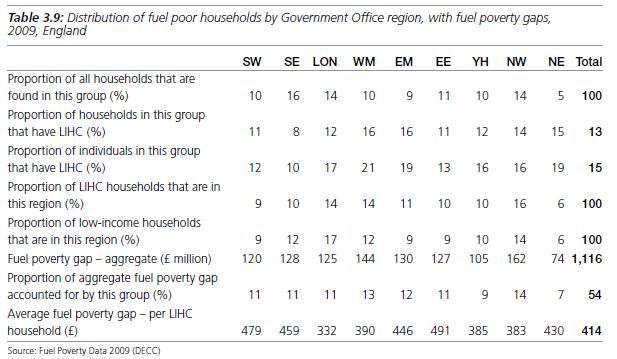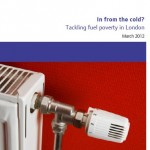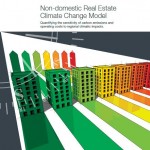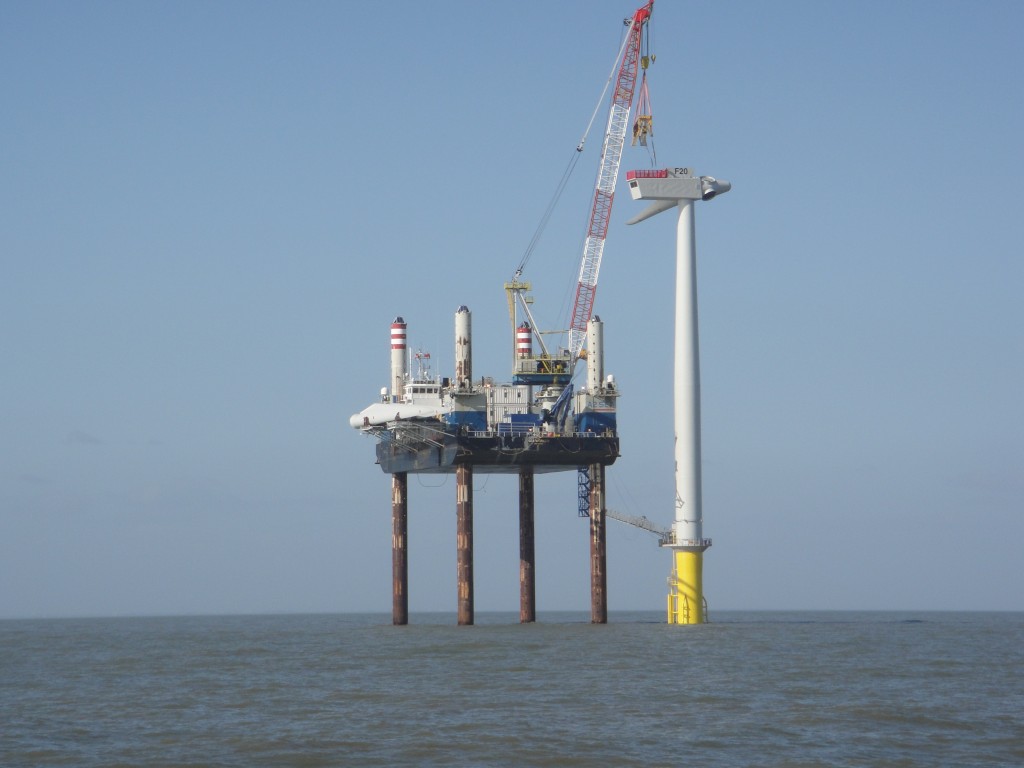Site search:
-
What’s new?
Energy for London Tags
Brent Buildings Camden Carbon Emissions CHP Cities Climate Adaptation Community Heating Community Initiatives Croydon Data DECC Decentralised Energy Distribution ECO Energy Costs Energy Efficiency Enfield FIT Fuel Poverty Funding Green Deal Hackney Haringey Housing Islington Lambeth Library Local Authorities Mayor Newham Ofgem Olympics Photovoltaics Planning RE:FIT RE:NEW Renewable Energy Retrofit Southwark Tower Hamlets Transport Waltham Forest Waste WestminsterEnergy Archives:
- February 2021 (1)
- January 2021 (15)
- December 2020 (15)
- November 2020 (9)
- October 2020 (3)
- August 2020 (5)
- July 2020 (3)
- June 2020 (4)
- April 2020 (10)
- March 2020 (5)
- February 2020 (2)
- January 2020 (3)
- October 2019 (1)
- September 2019 (4)
- August 2019 (2)
- July 2019 (1)
- August 2018 (1)
- November 2016 (8)
- October 2016 (8)
- September 2016 (2)
- August 2016 (8)
- July 2016 (14)
- April 2016 (12)
- March 2016 (16)
- February 2016 (8)
- January 2016 (4)
- December 2015 (1)
- November 2015 (1)
- October 2015 (16)
- September 2015 (3)
- June 2015 (1)
- May 2015 (1)
- April 2015 (1)
- March 2015 (1)
- February 2015 (1)
- January 2015 (1)
- December 2014 (18)
- November 2014 (4)
- August 2014 (8)
- July 2014 (7)
- June 2014 (25)
- May 2014 (8)
- April 2014 (4)
- March 2014 (12)
- February 2014 (7)
- January 2014 (13)
- December 2013 (11)
- November 2013 (15)
- October 2013 (15)
- September 2013 (18)
- August 2013 (5)
- July 2013 (20)
- June 2013 (33)
- May 2013 (8)
- April 2013 (16)
- March 2013 (25)
- February 2013 (14)
- January 2013 (20)
- December 2012 (23)
- November 2012 (23)
- October 2012 (25)
- September 2012 (14)
- July 2012 (12)
- June 2012 (43)
- May 2012 (20)
- April 2012 (8)
- March 2012 (40)
- February 2012 (39)
- January 2012 (40)
- December 2011 (22)
- November 2011 (40)
- October 2011 (33)
- September 2011 (48)
- August 2011 (40)
- July 2011 (58)
- June 2011 (41)
- May 2011 (80)
- April 2011 (38)
- March 2011 (33)
- February 2011 (25)
- January 2011 (24)
- December 2010 (3)
- November 2010 (7)
- October 2010 (6)
- September 2010 (7)
- August 2010 (1)
- July 2010 (2)
- June 2010 (4)
- May 2010 (1)
- March 2010 (3)
- February 2010 (3)
- December 2009 (5)
- November 2009 (2)
- October 2009 (3)
- July 2009 (3)
- June 2009 (1)
- April 2009 (1)
- March 2009 (1)
- February 2009 (1)
- January 2009 (1)
- December 2008 (2)
- October 2008 (1)
- September 2008 (1)
- July 2008 (1)
- March 2008 (2)
- January 2008 (2)
- October 2007 (1)
- September 2007 (3)
- July 2007 (1)
- March 2007 (1)
- February 2007 (3)
- November 2006 (3)
- August 2006 (1)
- February 2006 (1)
- May 2005 (1)
- February 2004 (1)
Author Archives: Admin
Delivering Power: The Future of Electricity Regulation in London’s Central Business District
23 March 2012: This report, commissioned by London First in conjunction with the City of London and City Property Association looks at the “long-standing concerns from developers about the challenge of securing a reliable and timely connection to the electricity network for new projects, particularly in the City and the West End where there is often little spare capacity.” Further detail here; report downloadable here.
Measure of the density of central London’s electricity demand.
The summary highlights problems associated with connecting new consumers to the distribution network, specifically:
- General communication and performance by the Distribution Network Operator (DNO) in dealing with developers could be improved. We recognise that in confidential interviews of this type there is a danger of focussing on the negatives, but found the level of dissatisfaction notable.
- There is a sense that developers cannot get the level of service they want,or indeed feel is necessary from the DNO. It is notable that developers stated that they would in general be willing to pay more for such a service,but this was not on offer from the DNO.
- In practical terms, developers expressed a preference for a quick guaranteed connection and suggested that a greater degree of anticipatory investment by the DNO would help to facilitate this.
- In relation to the third point, above, there is a lack of understanding as to why the DNO has not invested to a greater extent in London’s Central Business District (CBD) in light of the view that there will be a significant localized increase in electricity demand over the next ten years.
Mayorwatch has posted a news story which includes a comment from London’s DNO- UK Power Networks– in response to the study.
Islington: £3m for warming homes, energising business
March 2012: Islington Council news release issued which sets out how the cuoncil has announced how “it will take another 1,000 households out of fuel poverty before 2014 while stimulating the economy creating local jobs and apprenticeships for plumbers, electricians and roofers.
A report to the Council’s executive on 27 March will seek to approve £3m for a universal boiler scheme and insulation works that will reduce bills and put money back in residents’ pockets.
Islington Council will use the investment to attract the maximum benefit from the government’s Green Deal programme towards helping fuel poor households.
The good news comes on the back of a successful year for the council’s energy efficiency action in which over 300 council homes have received ‘A rated’ boilers, 2,300 residents have been helped with energy advice, and the energy doctor has visited over 700 households.
In addition, 1,600 households have received help through the award-winning SHINE service (Seasonal Health Interventions Network) – Islington Council and NHS Islington’s one-stop referral service including benefits checks, Telecare applications and befriending services for the elderly.
Signing off the report Kevin O’Leary, Corporate Director of Islington Council’s Environment Department said: “Taking thousands of poorer households out of fuel poverty is the key to making Islington a fairer place.
“In addition, new jobs and apprenticeships for hundreds in the construction trades are much needed by our young people who have been badly hit by recession.”
In addition to the £3m for boiler replacement, local power schemes in Bunhill and Crouch Hill will be completed in time for winter 2013, bringing cleaner, greener and cheaper energy to 750 homes and businesses in the south and north of the borough.”
Community Energy: Taking stock, moving forwards?
March 2012:The CISE (Community Innovation for Sustainable Energy) project hosted an event to assess the impact of recent policy developments on the community energy sector at at UEA London on March 8th 2012. Chaired by Professor Yvonne Rydin (Director of the UCL Environment Institute), a panel of 5 community energy experts were asked to reflect on the following questions:
- How have recent developments in national energy policy affected community energy initiatives?
- Have responses to these policy proposals galvanised and/or unsettled the community energy sector?
- What should be the key priorities looking ahead; who needs to be involved, and how?
A report of the seminar is available on the Low Carbon Communities Network here.
Energy and Climate Questions to the Mayor
March 2012: This month the Mayor has been asked questions in relation to:
Climate change data for the Mayor’s energy strategy; London & Quadrant homes RE:NEW delivery; air quality around new energy from waste schemes in London (1, 2 and 3); borough roll out of RE:NEW; an update on RE:NEW; asking the Mayor whether he would support the Energy Revolution Campaign; the use of heat pumps on Crossrail actions the Mayor will take to achieve the targetst in his Climate change strategy; progress of the Mayor’s Low Carbon Employment and Skills Programme; the amount of funding levered in by RE:NEW from the CERT programme; Mayoral action on the Green Deal; an update on London’s Environment Strategy; LWaRB work on waste infrastructure; Waste infrastructure investment; London Waste & Recycling Board; RE:NEW and Fuel Poverty; RE:NEW funding from Decent Homes (1); and RE:NEW funding from Decent Homes (2).
Previous questions to the Mayor can be found here.
Hills Fuel Data for London
March 2012: The Hills Fuel Poverty report does provide a regional breakdown of data – as the interim did also – and highlights that:
“Table3.9 shows that London households are only slightly less likely to be fuel poor than others, although they do appear to be less deeply in fuel poverty on average, with a considerably lower average fuel poverty gap than other regions. There is a relatively even split between the broad regions in terms ofthe fuel poverty gap, so that region by itself would not be an effective targeting tool.”
 Further details on the report with links provided on an earlier post.
Further details on the report with links provided on an earlier post.
Ham Hydro Update
 March 2012: A quick update on the community-led Ham Hydro renewable energy project which has been mentioned in some earlier posts – the hydropower scheme involves the installation of “3 Archimedean screw turbines on Teddington Weir to generate approximately 1,900 MWh per annum – enough to power 600 homes”. A formal planning application to Richmond Council was submitted a few months ago, and the full documentation of the scheme’s submission can be viewed on Richmond Council’s planning website here.
March 2012: A quick update on the community-led Ham Hydro renewable energy project which has been mentioned in some earlier posts – the hydropower scheme involves the installation of “3 Archimedean screw turbines on Teddington Weir to generate approximately 1,900 MWh per annum – enough to power 600 homes”. A formal planning application to Richmond Council was submitted a few months ago, and the full documentation of the scheme’s submission can be viewed on Richmond Council’s planning website here.
London Assembly visit London Array
March 2012: The London Array is a largest offshore wind development in the world and is currently being constructed in the Thames Estuary 20km off the north Kent coast at Gravney. Whilst obviously not in London, the presence of such a large renewable project – 1,000MW of electricity generation capacity – in the south will strongly help to decarbonise the local and wider electricity grid, which in time will help reduce the London’s carbon impact.
London Assembly Member Murad Qureshi, also Chair of the Environment Committee at City Hall, has kindly provided for energy for london a short account and photos of a recent visit to the project:
“On a clear blue sky day in the Thames Estuary last week, members of the Environment Committee were able to see phase one of London Array windfarm out in sea. It is approximately 100 km from City Hall with 175 turbines larger then the Ferris Wheel along the South Bank being constructed.
During the afternoon, we saw the turbines being piled into the sea; the arms of the windmills being put up as well as the cable to the shore being land so as the renewable energy can come to shore.
With completion of phase 1 due by December 2012, it was certainly a good day to go and see for ourselves how a renewable energy scheme like London Array can help plug the energy gap in London for 472,500 homes.”
 Further information at http://www.londonarray.com/
Further information at http://www.londonarray.com/
Number of households affected by fuel poverty in London is continuing to rise
 13 March 2012: The London Assembly Health and Public Services Committee have published their conclusions from a lengthy study looking at the incidence and causes of fuel poverty in the capital. The report warns that “despite efforts by the government, the Mayor and a range of targeted initiatives and incentives, the number of households affected by fuel poverty in London is continuing to rise.”
13 March 2012: The London Assembly Health and Public Services Committee have published their conclusions from a lengthy study looking at the incidence and causes of fuel poverty in the capital. The report warns that “despite efforts by the government, the Mayor and a range of targeted initiatives and incentives, the number of households affected by fuel poverty in London is continuing to rise.”
The report ‘In from the cold’ makes a series of recommendations that the Committee state could help improve the situation for the “nearly one in five London households who struggle to heat their homes and pay their energy bills.”
The Committee state that unless action is taken to tackle the problem, long-term energy price rises will continue to push more people into fuel poverty: the Greater London Authority’s (GLA) own projections show a worst case scenario that almost a quarter of households will be in fuel poverty by next year.
View the press announcement of the report here. The report can be viewed here and a new fuel poverty mapping tool using open public data to help delivery organisations identify areas in London most likely to contain households at risk of fuel poverty and offer them targeted support can be downloaded from the London datastore here. Written evidence to the committee can be downloaded here.
‘Unstoppable! The rise and rise of Britain’s green buildings’
18 March 2012: The Independent highlights the increasing focus on sustainability and energy issues in the development of new buildings across the UK. The article lists 10 exemplar buildings, 6 of which are in London. Read the full story here. Further information on each of sites mentioned can be accessed via links below:
Low Carbon London and EDF Energy share initial smart meter findings
March 2012: Recent news release from the Low Carbon London project stating that: “The first 500 smart meters have been installed by EDF Energy in homes across London as part of a pioneering pilot to cut carbon across the capital. …EDF Energy, as a member of the Low Carbon London programme, plans to fit 5,000 smart meters across London and in the Mayor’s low carbon zones, Green Enterprise District and RE:NEW areas by the end of August.” The full news release can be read here. Further information on smart metering initiatives in London can be read here. The trials are taking place in a number of areas around London including Lewisham, Archway, Canning Town, Barking and Peckham.
Energy in the Locality: A day-conference to explore local energy case studies in urban and rural locations
March 2012: The Challenging Lock-in through Urban Energy Systems (CLUES) project looks to “critically assess the development of decentralised energy systems in urban areas in the light of national decarbonisation and urban sustainability goals. Based upon national and international reviews, it examines the range and types of urban energy systems that are and might be installed. It further considers the issues raised by the need for such initiatives to integrate with energy systems at urban level in the UK, regional and national scales in order to deliver energy and carbon reductions to 2050 effectively.”
A conference: Energy in the Locality is being organised as part of the CLUES Project (www.ucl.ac.uk/clues) and aims to provide “an opportunity to hear results from local case studies on different aspects of energy systems, and to reflect on the theoretical and methodological implications of using case studies to understand such systems.” The event will be held on Tuesday, 8 May 2012 from 10:00 to 18:00 at University College London. Further information here.
London’s Buildings need to adapt
 March 2012: Research just released by the Royal Institute of Chartered Surveyors (RICS) highlights the challenges that many buildings will face in the future as a result of a changing climate. Increasing energy use is widely predicted responding to summer temperatures up to two degrees higher by 2030 and up to two degrees cooler in the winter. In particular, the report highlights that it is London ’s schools, offices and hospitals that will incur the largest increase in electricity demand as more power is used to maintain a ‘comfortable environment’. Read the RICS news release here and download the report – the Non-domestic Real Estate Climate Change Model here.
March 2012: Research just released by the Royal Institute of Chartered Surveyors (RICS) highlights the challenges that many buildings will face in the future as a result of a changing climate. Increasing energy use is widely predicted responding to summer temperatures up to two degrees higher by 2030 and up to two degrees cooler in the winter. In particular, the report highlights that it is London ’s schools, offices and hospitals that will incur the largest increase in electricity demand as more power is used to maintain a ‘comfortable environment’. Read the RICS news release here and download the report – the Non-domestic Real Estate Climate Change Model here.
The report states [p10] that this ” research has been made possible only with the release of 64,803 Display Energy Certificate (DEC) records, secured with the help of the Urban Land Institute, which facilitated several Freedom of Information requests to obtain these data.” Unfortunately this data doesn’t appear to have been made publicly available by the Urban Land Institute – however – a simple map of DECs has been created so that individual buildings ratings can be viewed – see www.less-en.org.
Similar data was however also obtained recently by the Centre for Sustainable Energy (CSE) and has been posted online for download at www.cse.org.uk. The spreadsheets contains data on energy use, floorspace, emissions and efficiency ratings for 40,000 buildings of over 1,000m2 in England and Wales that are visited by the public. See an earlier post for additional details.




